I'm trying to set up NGINX and cloudflare. I've read about this on Google but nothing solved my problem. My cloudflare is active at the moment. I removed all page rules in cloudflare but before had domain.com and www.domain.com to use HTTPS. I thought this could be causing the problem so I removed it. Here is my default NGINX file, with purpose of allowing only access by domain name and forbid access by IP value of the website:
server{
#REDIRECT HTTP TO HTTPS
listen 80 default;
listen [::]:80 default ipv6only=on; ## listen for ipv6
rewrite ^ https://$host$request_uri? permanent;
}
server{
#REDIRECT IP HTTPS TO DOMAIN HTTPS
listen 443;
server_name numeric_ip;
rewrite ^ https://www.domain.com;
}
server{
#REDIRECT IP HTTP TO DOMAIN HTTPS
listen 80;
server_name numeric_ip;
rewrite ^ https://www.domain.com;
}
server {
listen 443 ssl;
server_name www.domain.com domain.com;
#rewrite ^ https://$host$request_uri? permanent;
keepalive_timeout 70;
ssl_certificate /ssl/is/working.crt;
ssl_certificate_key /ssl/is/working.key;
ssl_session_timeout 1d;
ssl_session_cache shared:SSL:50m;
#ssl_dhparam /path/to/dhparam.pem;
ssl_protocols TLSv1 TLSv1.1 TLSv1.2;
ssl_ciphers 'ECDHE-RSA-AES128-GCM-SHA256:ECDHE-ECDSA-AES128-GCM-SHA256:ECDHE-RSA-AES256-GCM$
ssl_prefer_server_ciphers on;
add_header Strict-Transport-Security max-age=15768000;
(...) more ssl configs
What could be off? I'll provide mroe information if needed...




